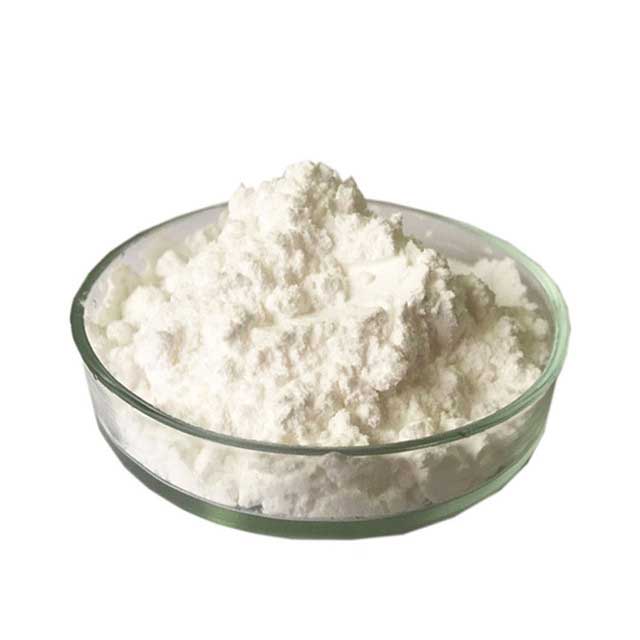Your Address : Globalchemmade--ZHENYIBIO TECHNOLOGY INC
Name:ZHENYIBIO TECHNOLOGY INC

Type:Others
Tel:+862981294858
Fax:+86-029-89189705
Email:Miao@zhenyibio.com
Address:Canada
Products detail
| Product Name: | Ademetionine disulfate tosylate |

|
| CAS No: | 97540-22-2 | |
| Product Type: | Food and feed additives -> Food additives | |
| Product spec: | 99% | |
| Packing: | 25kg/bag | |
| Post Time: | 2022-04-14 | |
| Usage: | Product Name: Ademetionine disulfate tosylate Other Name: SAME Molecular Formula: C₁₅H₂₂N₆O₅S.2(H₂SO₄).C₇H₈SO₃ Molecular Weight: 766.79 Appearance: White crystalline powder Purity: 95.0%~103.0% CAS Number: 97540-22-2 EINECS number: 249-946-8 Standard: USP Supplier: ZhenYiBio | |
| Description: | What is SAMe ? Ademethionine Disulfate Tosylate (SAMe for short) is a common cosubstrate involved in methyl group transfers. SAMe was first discovered in Italy by G. L. Cantoni in 1952, can preventing liver cancer, promoting cartilaginous tissue forming and concrescence, may help fight depression, alzheimer''s disease, liver disease, and the pain of osteoarthritis. Ademetionine disulfate tosylate is now universerally acknowleged as an important pharmaceuticals to treat liver diseases. Nowaday it is commonly used in pharmaceuticals, health care food industry both at domestic and international market. Application of SAME 1. S-Adenosyl methionine (SAM, SAMe, SAM-e) is a coenzyme involved in methyl group transfers. It is made from adenosine triphosphate (ATP) and methionine by methionine adenosyltransferase (EC 2.5.1.6). Transmethylation, transsulfuration, and aminopropylation are the metabolic pathways that use SAM. Although these anabolic reactions occur throughout the body, most SAM is produced and consumed in the liver. 2 .The methyl group (CH3) attached to the methionine sulfur atom in SAM is chemically reactive. This allows donation of this group to an acceptor substrate in transmethylation reactions. More than 40 metabolic reactions involve the transfer of a methyl group from SAM to various substrates such as nucleic acids, proteins, and lipids. 3 .In bacteria, SAM is bound by the SAM riboswitch, which regulates genes involved in methionine or cysteine biosynthesis. 4 .Another major role of SAM is in polyamine biosynthesis. Here, SAM is decarboxylated by adenosylmethionine decarboxylase (EC 4.1.1.50) to form S-adenosyl-5''-3-methylpropylamine. This compound then donates its. n-propylamine group in the biosynthesis of polyamines such as spermidine and spermine from putrescine. 5 .SAM is required for cellular growth and repair. It is also involved in the biosynthesis of several hormones and neurotransmitters that affect mood, such as dopamine and serotonin. Methyltransferases are also responsible for the addition of methyl groups to the 2'' hydroxyls of the first and second nucleotides next to the 5'' cap in messenger RNA. | |